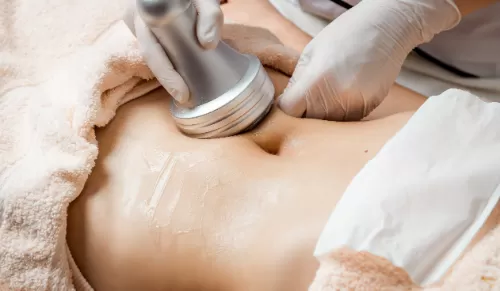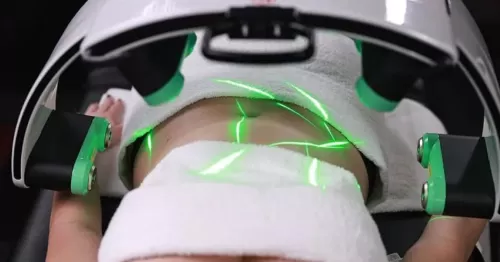The Nose Job Revolution: How 3D Imaging Lets You Preview Your New Face
Advances in medical imaging are transforming the way patients approach rhinoplasty. Traditionally, the prospect of a nose job—while exciting—carried uncertainty about the final outcome. With the introduction of 3D imaging technology, prospective patients can now preview their post-surgery appearance in remarkable detail. This article explores how 3D imaging works, the benefits it offers to both patients and surgeons, and what to expect during the consultation process.
Related searches

What Is 3D Imaging in Rhinoplasty?
3D imaging involves capturing a high-resolution, three-dimensional digital model of a patient's face using specialized cameras and software. During a preoperative consultation, the surgeon takes a series of photographs from multiple angles or uses an infrared scanner to construct a dynamic facial map. Advanced software then allows the surgeon—and the patient—to manipulate the nasal contours, visualize changes in tip projection or bridge height, and simulate various surgical approaches. Rather than relying solely on two-dimensional sketches or verbal descriptions, 3D imaging provides a lifelike rendition of potential results.
Benefits of 3D Previsualization
⏳Enhanced Communication
Before 3D imaging, surgeons and patients often struggled to align expectations. A patient might request a “smaller nose,” but without a concrete visual reference, misunderstandings could arise. With 3D simulations, patients can point to specific areas—such as refining the dorsal hump or narrowing the nasal sidewalls—and instantly see how those adjustments affect their overall facial harmony. This shared visual vocabulary reduces ambiguity and ensures that both parties are on the same page.
⏳Increased Patient Confidence
Embarking on any cosmetic procedure involves emotional considerations. By previewing a simulated outcome, patients gain confidence in their decision-making process. Seeing a realistic “before and after” projection alleviates anxiety about whether the final result will suit their facial proportions. Studies have shown that patients who use 3D imaging report higher satisfaction rates postoperatively, in part because they feel more informed and empowered.
⏳Customized Surgical Planning
For surgeons, 3D imaging offers precise measurements of nasal structures—such as cartilage thickness and bone alignment—that can be difficult to assess with the naked eye. By analyzing these dimensions in software, surgeons tailor their operative technique to each patient's anatomy. This level of customization can lead to more predictable outcomes, reduced operative times, and, in some cases, fewer revisions. The ability to plan adjustments down to the millimeter enhances surgical accuracy.
How the Process Works
⏳Initial Consultation
During the first visit, the patient discusses aesthetic goals and functional concerns (e.g., breathing difficulties). The surgeon explains how 3D imaging will inform the procedure.
⏳Image Capture
A multi-angle photography rig or handheld scanner gathers detailed facial data. The patient's head remains still for a few seconds while the device records a full-face, high-resolution image.
⏳Digital Simulation
Using specialized software, the surgeon creates a 3D model. Both patient and surgeon collaboratively adjust the nasal shape—tweaking the bridge, refining the tip, or correcting asymmetries. The software updates in real time, showing how each modification alters facial balance.
⏳Review and Approval
Once satisfied with the simulation, the patient signs off on the proposed changes. This “visual contract” helps manage expectations and serves as a reference point during surgery.
Conclusion
The integration of 3D imaging into rhinoplasty consultations marks a significant advancement in cosmetic surgery. By providing realistic previews, enhancing communication, and enabling precise surgical planning, this technology reduces uncertainty and improves overall patient satisfaction. For anyone considering a nose job, 3D imaging offers a transparent, interactive way to envision and achieve their ideal results, truly revolutionizing the rhinoplasty experience.

Discover the Best Laser Resurfacing Treatments for Radiant Skin

Everything You Need to Know About Breast Augmentation Surgery

Discover the Latest Trends with Shein Dresses

Top Skin Treatment Trends in 2025

The Nose Job Revolution: How 3D Imaging Lets You Preview Your New Face

Tummy Tuck: Your Ultimate Guide to a Flatter Stomach





